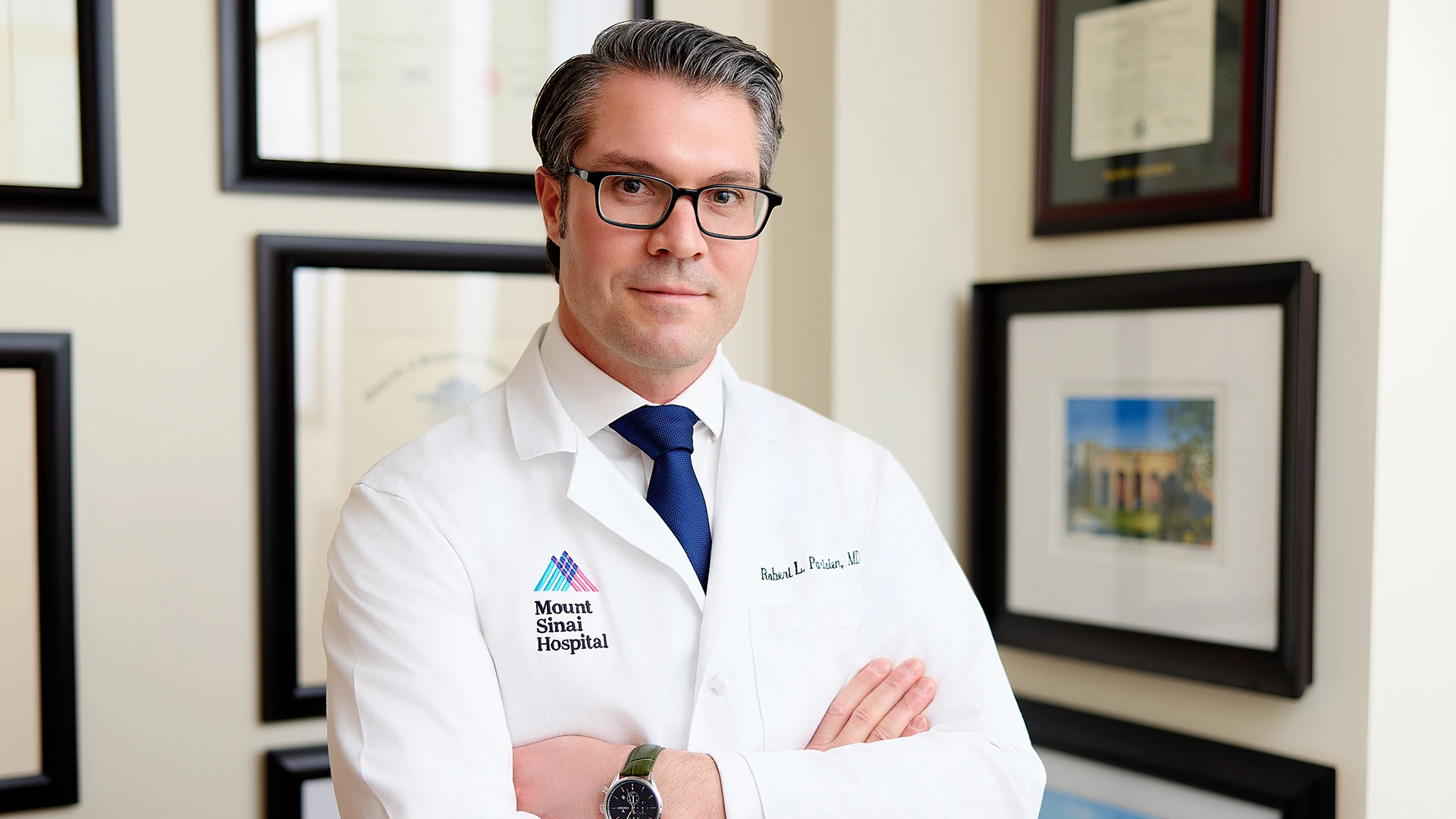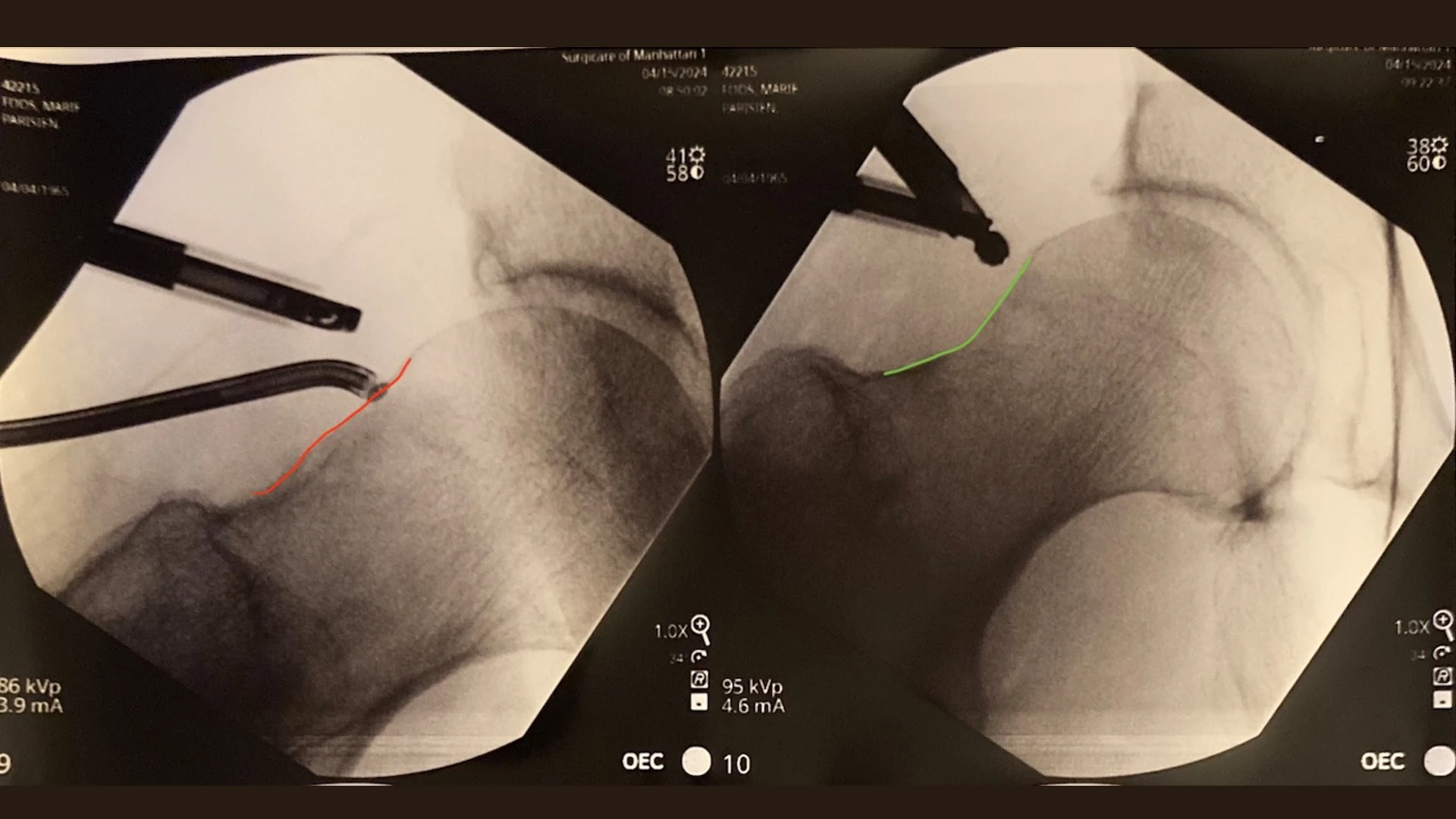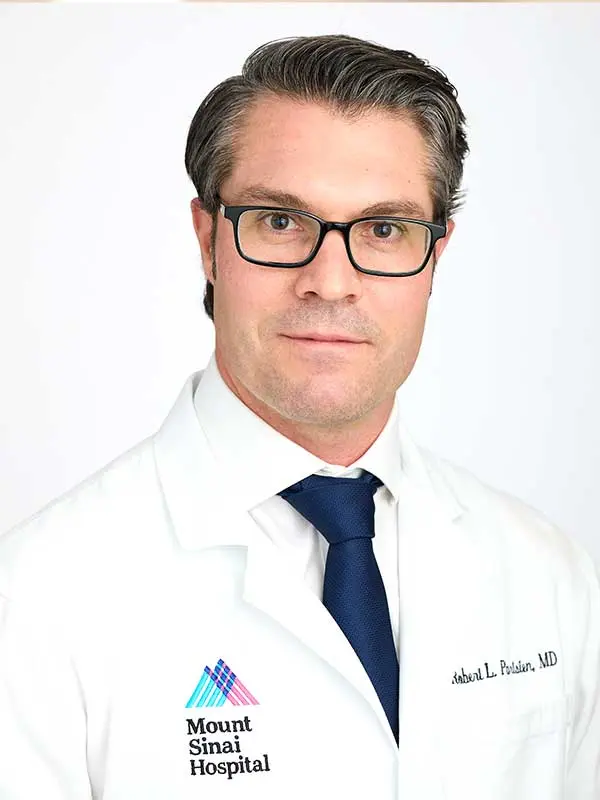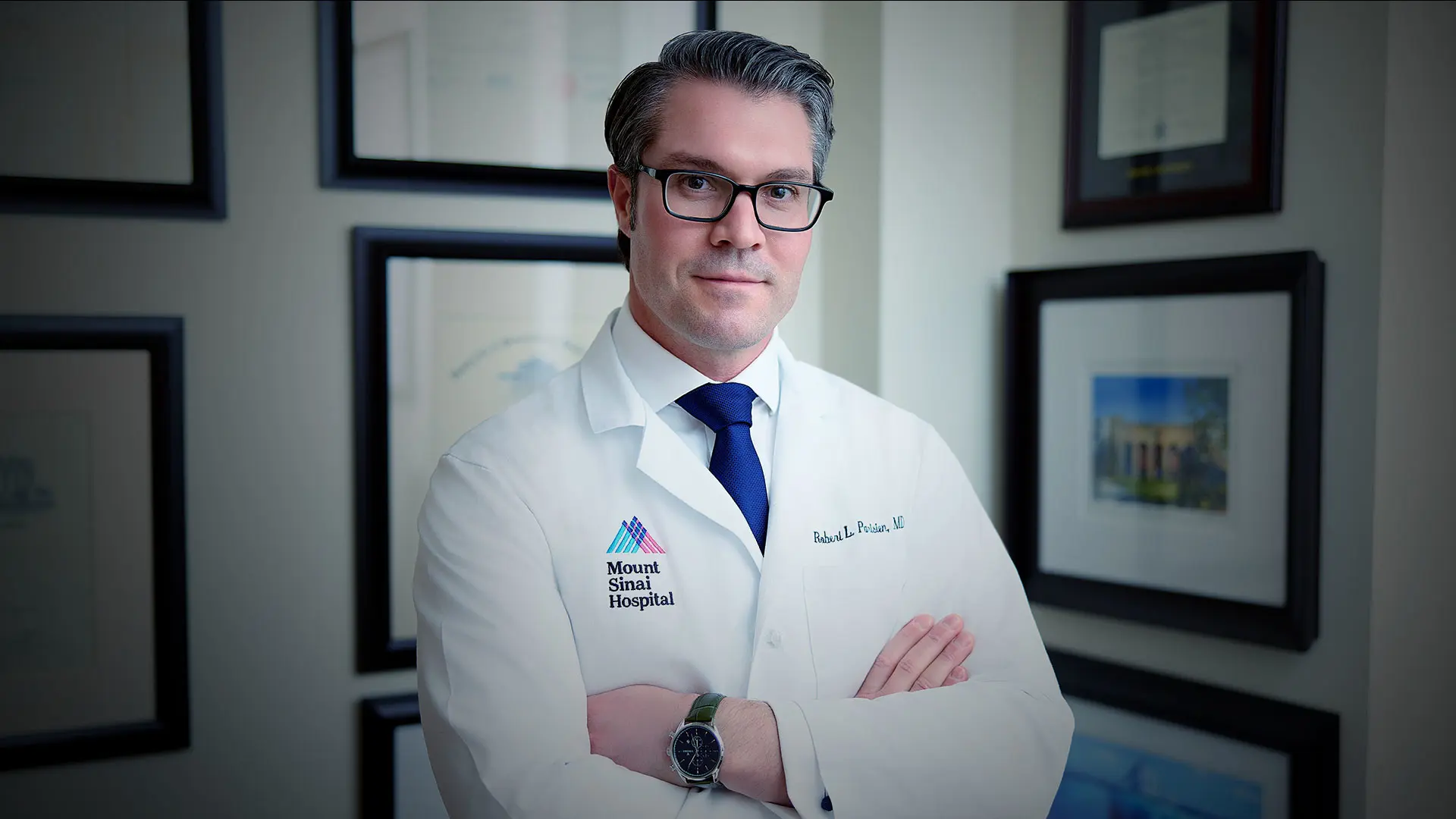Mount Sinai’s Robert L. Parisien, MD, knows that some of the patients referred to him with femoroacetabular impingement (FAI) may have previously gone misdiagnosed, underdiagnosed, or undiagnosed for years. He also knows there is a race against time to prevent arthritis of the hip.
“If left untreated, patients with FAI are at a greater risk for the development of early arthritis of the hip, which otherwise may have been avoided,” says Dr. Parisien, Associate Professor, Orthopedics, Icahn School of Medicine at Mount Sinai, and board certified orthopedic sports medicine surgeon and hip preservation specialist. “The earlier we catch symptomatic FAI, the greater the chance we have to improve the patient’s quality of life.”

Robert L. Parisien, MD
Dr. Parisien is among a relatively small but growing number of surgeons offering patients the option of hip preservation through hip arthroscopy. This minimally invasive procedure has proven effective in addressing the groin pain and mobility issues associated with FAI, an anatomical anomaly of the hip joint that affects approximately 15 percent of adults between the ages of 20 and 45 nationwide but has a higher occurrence among athletes.
“This anomaly is associated with improper bone growth during adolescence,” Dr. Parisien says. “It can be caused by a cam deformity—an asphericity, or bump, on the femoral head-neck junction that results in damage and delamination of the labrum and cartilage—or by a pincer deformity, which is an over-coverage of the acetabulum (socket) surrounding the femoral head of the hip.”
Dr. Parisien performs hip arthroscopy as an outpatient procedure, allowing patients to go home the same day without the need to stay overnight in the hospital. Using an arthroscopic camera and small instruments, Dr. Parisien is able to perform femoral head-neck osteoplasty (shaving and contouring of the cam deformity), labral repair, complex labral reconstruction, and cartilage transplantation through tiny incisions near the hip. Patients are discharged home the same day and monitored through regular follow-up consultations at 2 weeks, 3 months, 6 months, 12 months, and 2 years post-procedure to ensure a full recovery.
“In the postoperative period, it’s not uncommon for patients to experience hip flexor tendonitis, abductor tendonitis, and weakness,” he says. “When this is the case, I want to make sure these issues are caught early and managed appropriately.”
Although Dr. Parisien is able to achieve superior outcomes through hip arthroscopy, he notes that the procedure poses some challenges. They include decreased visualization of the hip joint (as compared to the shoulder and knee) and the risk for traction-related complications in instances where a central perineal post is used. However, Dr. Parisien has been able to achieve a complication rate of less than half a percent through computer-assisted technology to guide surgery and a modern post-less approach.
“We have developed a technique that enables us to pull enough traction on the leg to get appropriate access to the joint without having to place a post between the legs,” he explains. “That means we are no longer seeing the skin and nerve-related issues we used to see using the previous approach.”
Performing minimally invasive hip preservation through arthroscopy
Achieving Promising Results for Athletes
Hip arthroscopy for the management of hip impingement in young athletes and athletic people comprises a significant portion of Dr. Parisien’s practice. He says he has consistently achieved positive results, with most athletes returning to a high level of activity. Dr. Parisien has also led, and is senior author of, a literature review that further confirmed the efficacy of this therapeutic approach. Data revealed that pain relief and functional hip outcomes following minimally invasive hip arthroscopy with modern techniques are comparable to those realized through open surgery, with less likelihood of revision. Dr. Parisien also noted enhanced short-term outcomes, with a faster return to sport and earlier improvement of hip function. The review, “Open and arthroscopic management of femoroacetabular impingement: a review of current concepts,” was published October 2022 in the Journal of Hip Preservation Surgery.

Intraoperative fluoroscopic imaging demonstrating a CAM lesion (red) and appropriate CAM resection (green).
Based on these findings and his own experience, Dr. Parisien is a strong advocate for an increased focus on hip preservation training, specifically the continued creation of dedicated one-year fellowships such as the one he pursued at Harvard Medical School. This, he believes, will go a long way toward earlier interventions and a reduction in the number of patients who undergo hip replacement.
“The historical training for a sports orthopedic surgeon consists of knee, shoulder, and elbow,” he says. “The hip may be a part of that training, to some degree, but many orthopedic surgery residency programs and sports medicine fellowships still do not include formal hip preservation training. That is further compounded by the fact that the number of patients presenting with sports hip-related pathology is relatively low compared to shoulder and knee during residency training, so the exposure trainees receive is a lot less.”
Meanwhile, Dr. Parisien is exploring other ways he can advance the field of hip preservation through refinement of his surgical techniques and collaborating on multicenter research projects and clinical trials. “The more we collaborate on research and the advancement of modern surgical techniques, the more progress we can make for the benefit of our patients,” he says.
Featured

Robert L. Parisien, MD
Associate Professor, Orthopedics
